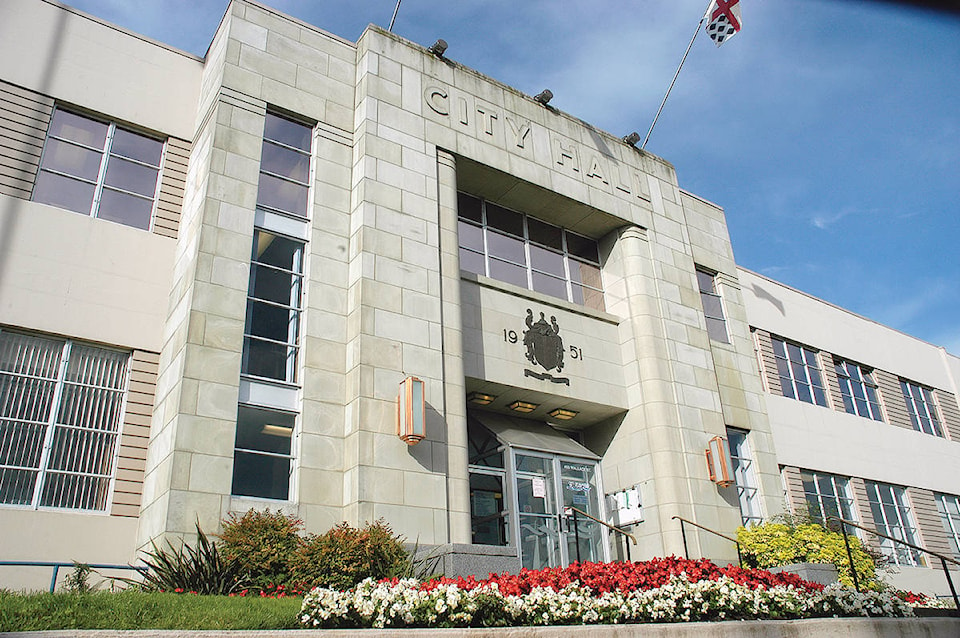Financing for the event centre has raised the bar on public expectations.
A month after a referendum on borrowing $80 million to build an event centre – a project residents were told would not increase taxes or sacrifice programs and services – the city announced it would increase taxes from the projected 1.5 per cent to 2.3 per cent because of severe winter weather.
Nanaimo budgeted $512,000 for snow and ice removal, but spent more than $1 million and anticipates it’ll spend another $400,000 between October to December this year. The roads repair budget has also increased $288,000.
Some residents’ reaction to the tax hike news, before council discussed the issue, was to point to the financing of the proposed event centre. Charlotte Bridden asked on the News Bulletin website, “where’s that annual payment for the event centre loan? Maybe that long-awaited reduction in taxes is due,” and Tom Rokeby said “hold the phone … we can build an $80 million dollar arena with no tax increases but we can’t plow our roads without a tax increase…?”
Victor Mema, the city’s chief financial officer, has heard people question the tax increase, when the city said it had $5.4 million to service the debt on an event centre, and he pointed to sources of funding, like a strategic infrastructure reserve, gas tax and hotel tax, which are capital sources of funding.
“I’ve seen people say, well, we deserve a 5.4-per cent tax decrease, that’s not how it works,” he said. “With the event centre, we are talking about an asset, we’re talking about capital sources of funding. What we’re talking about today, we’re talking about recurring expenditures for some one-time stuff we need to do to fix our roads and for snow and ice.”
The city might not be able to use the money it was going to put toward financing the event centre to reduce taxes, or reallocate the money to services, but that doesn’t change the optics.
Not only does that initial reach for taxpayer dollars do nothing to help inspire public confidence that the city would have been able to build a multiplex without increasing taxes, but the financing plan also has raised expectations about the resources the city has available to limit the impact on taxpayers’ pocketbooks.
How can the city propose an $80-million project, with $5.4-million annual financing without having to increase taxes or cut programs and services on one hand and on the other, be prepared to tax because of a need for $881,000 to cover costs of an unexpected winter? City staff was able to find the money to make council’s priority project a possibility, so why shouldn’t the public expect the same effort be put into finding the resources to limit their costs for core services?
Nanaimo city council nixed the tax increase, deciding instead to take the money from reserves and to delay a debt stabilization reserve. The city is now poised to release a new policy on reserves this May, which will show a philosophy on debt and funding strategies for reserves. It’s also proposing a new debt stabilization reserve, which will see the city put away savings from interest rate changes to pay for increases in rates in the future so as not to affect taxes.
With the event centre fresh in the public’s mind, these are the kinds of funds and policies people will be paying attention to because it has the potential to affect their wallets, and it’s these kinds of conversations residents should be included in on.
news@nanaimobulletin.com
